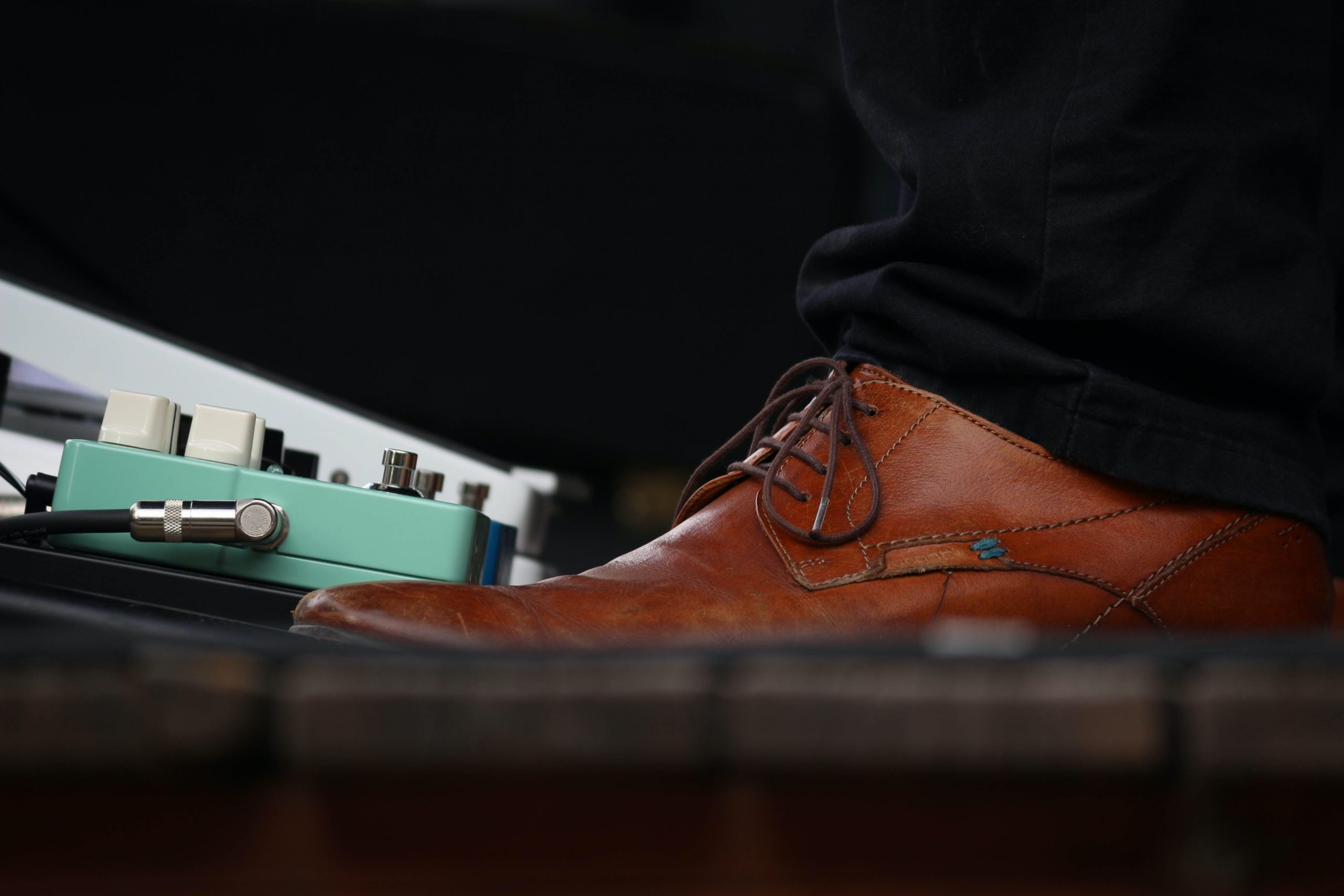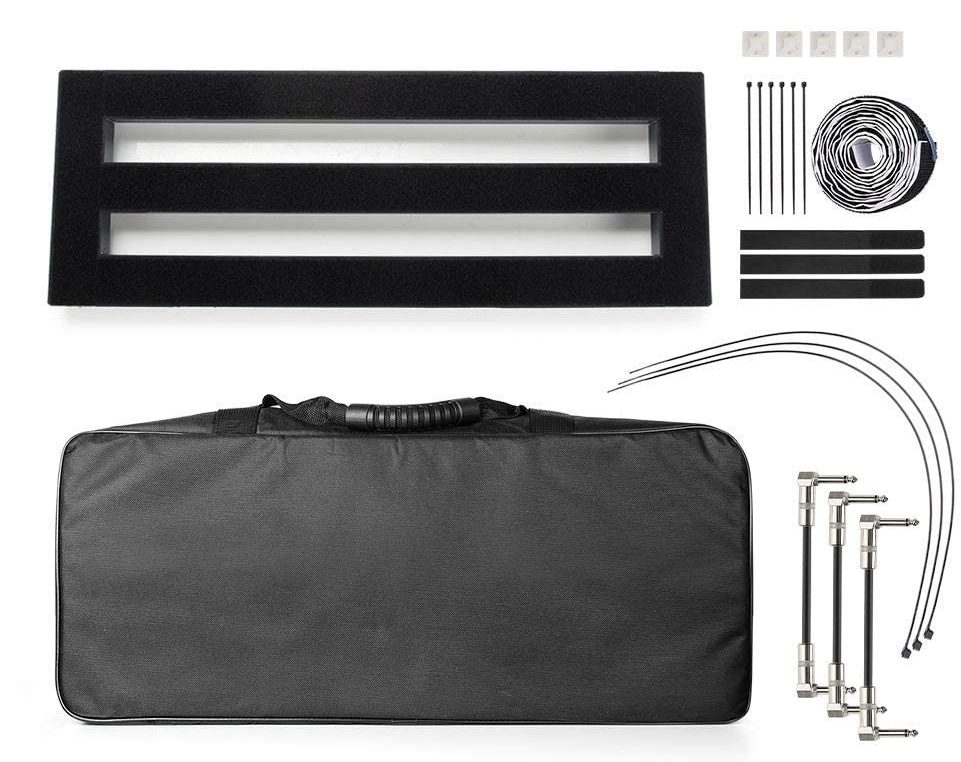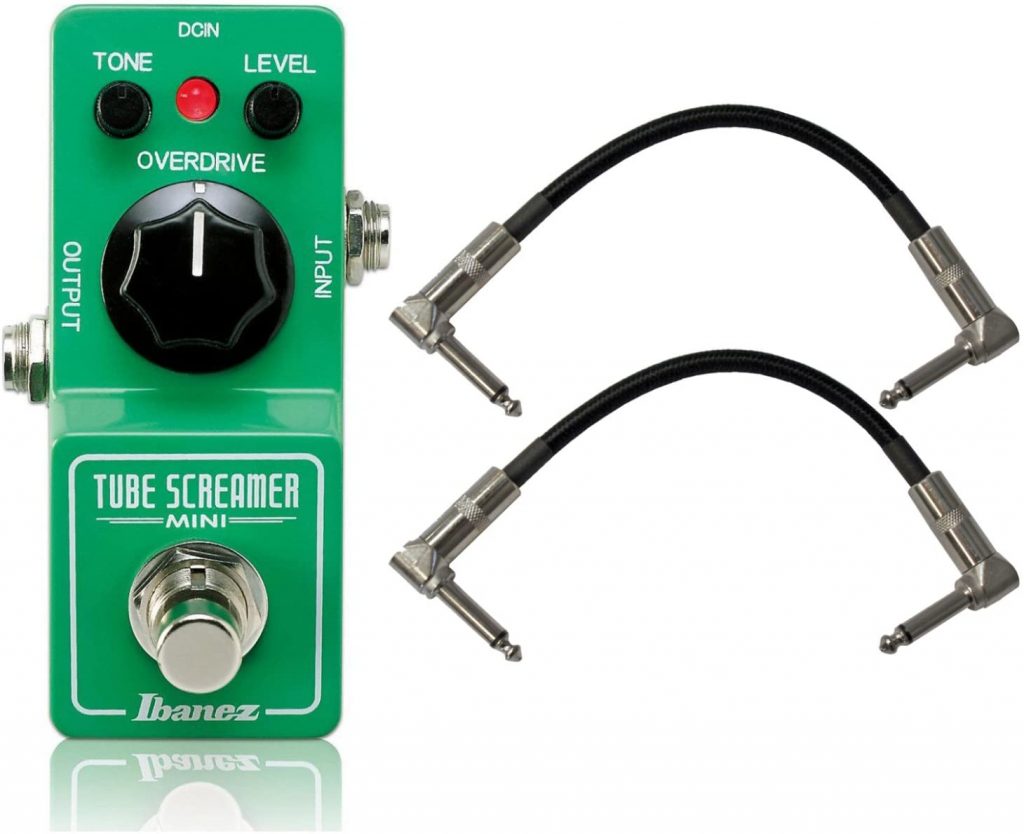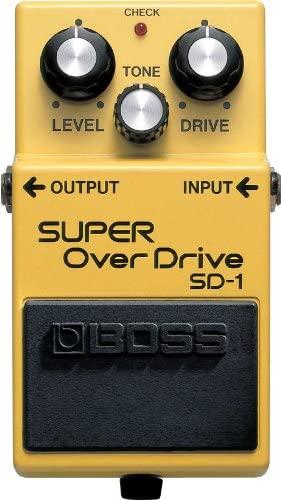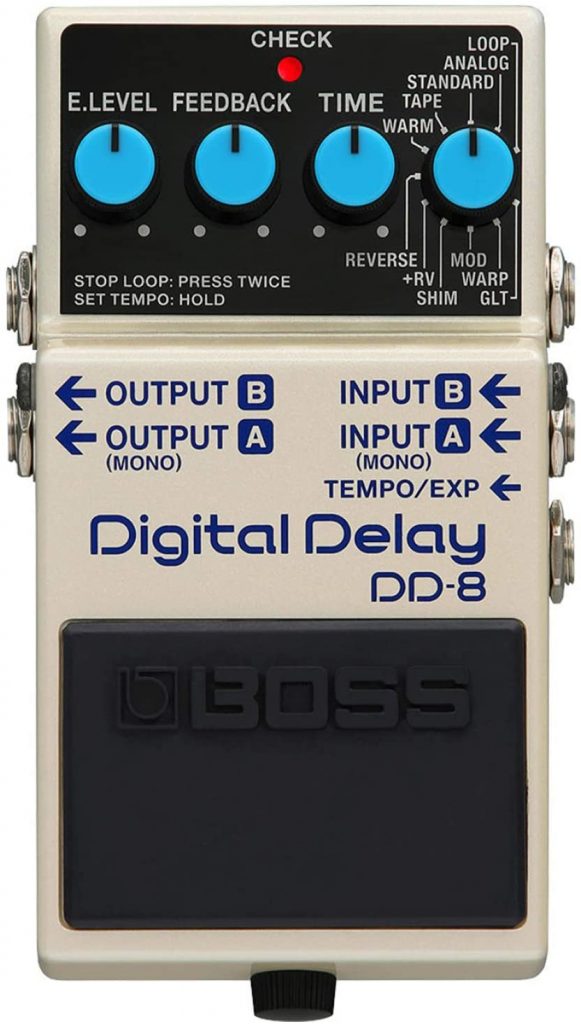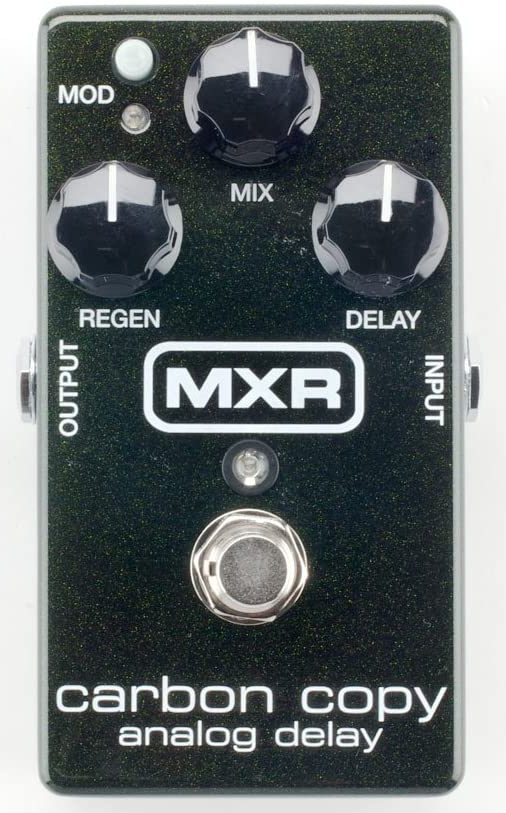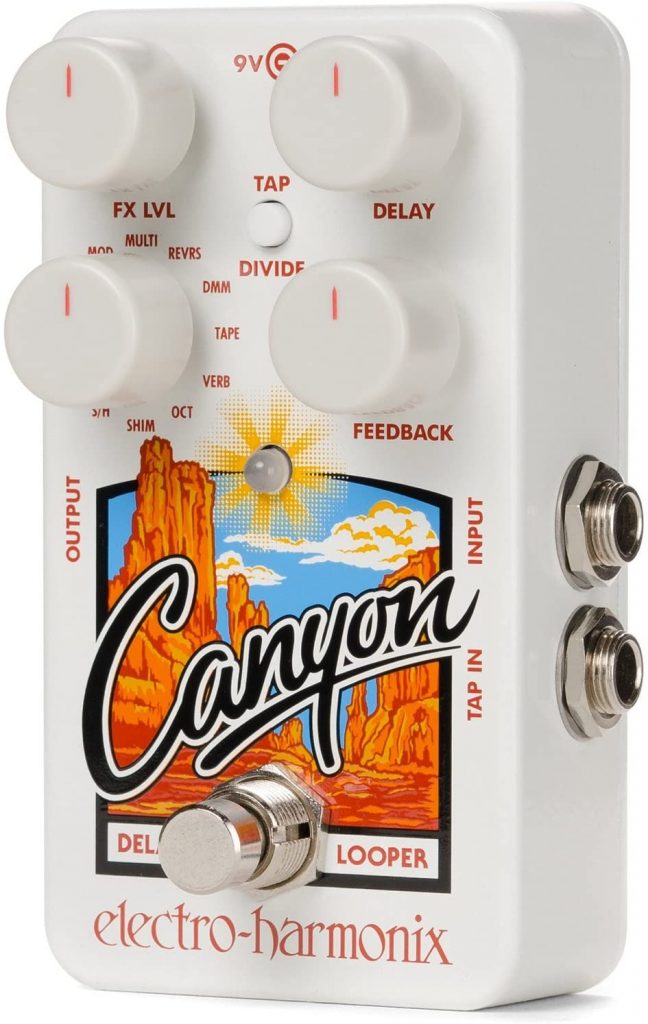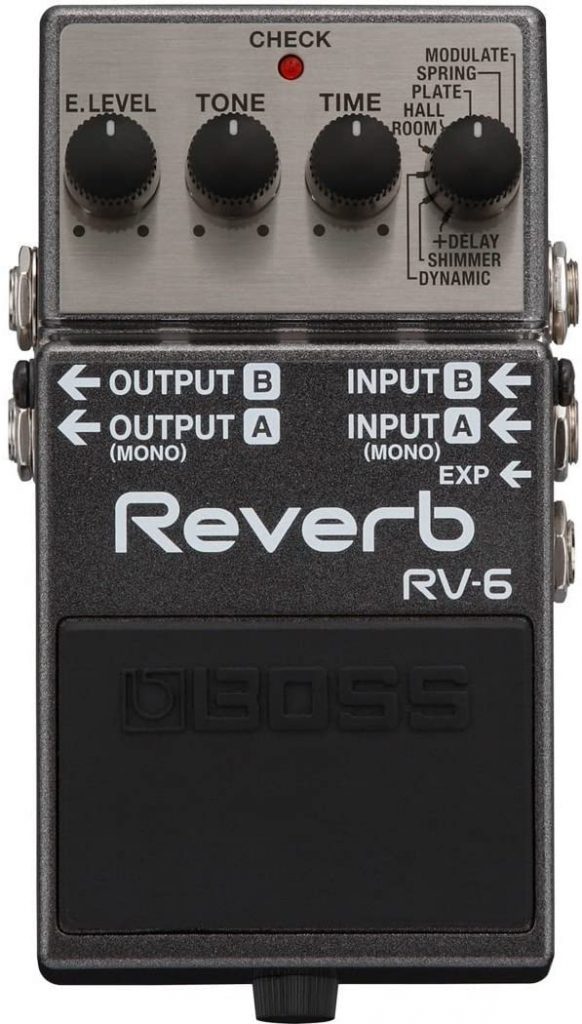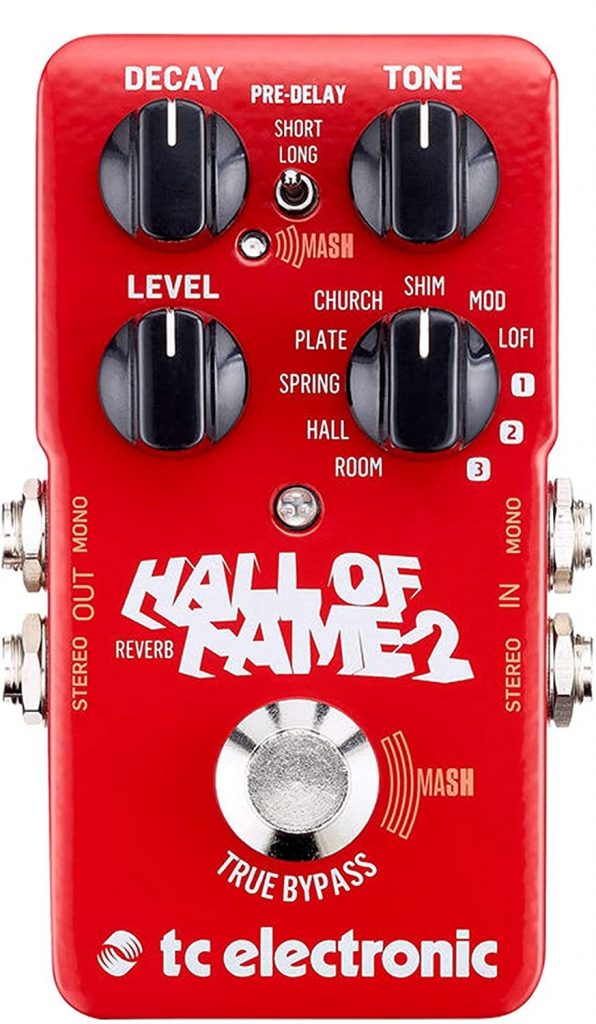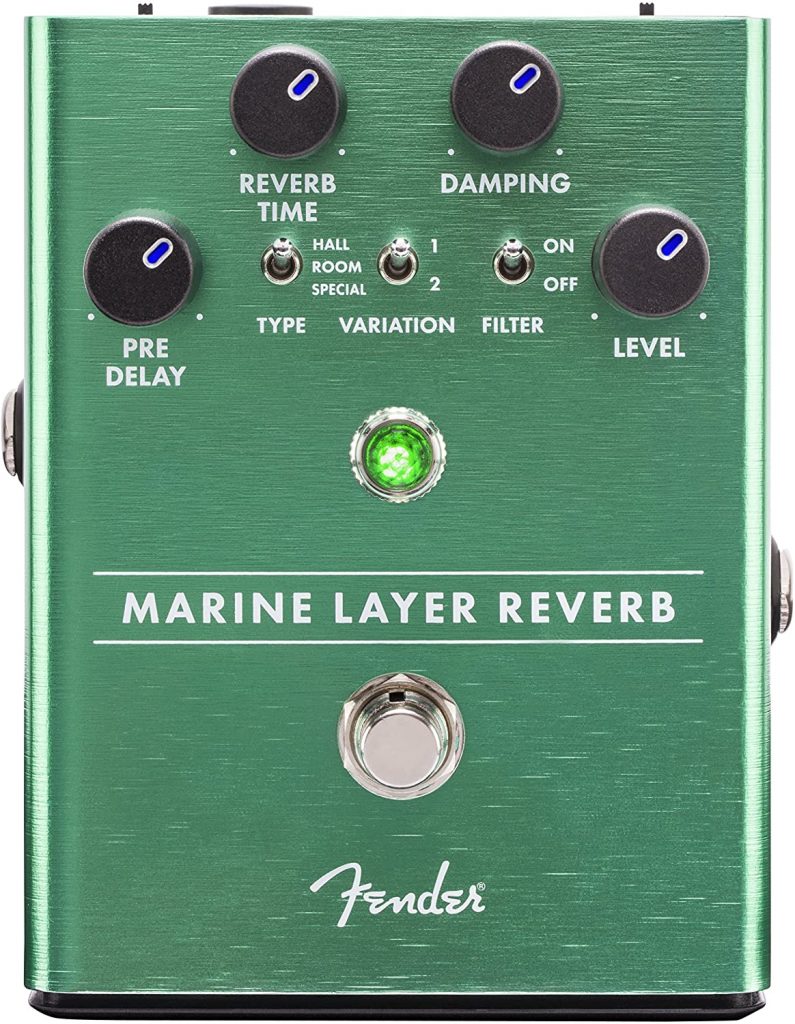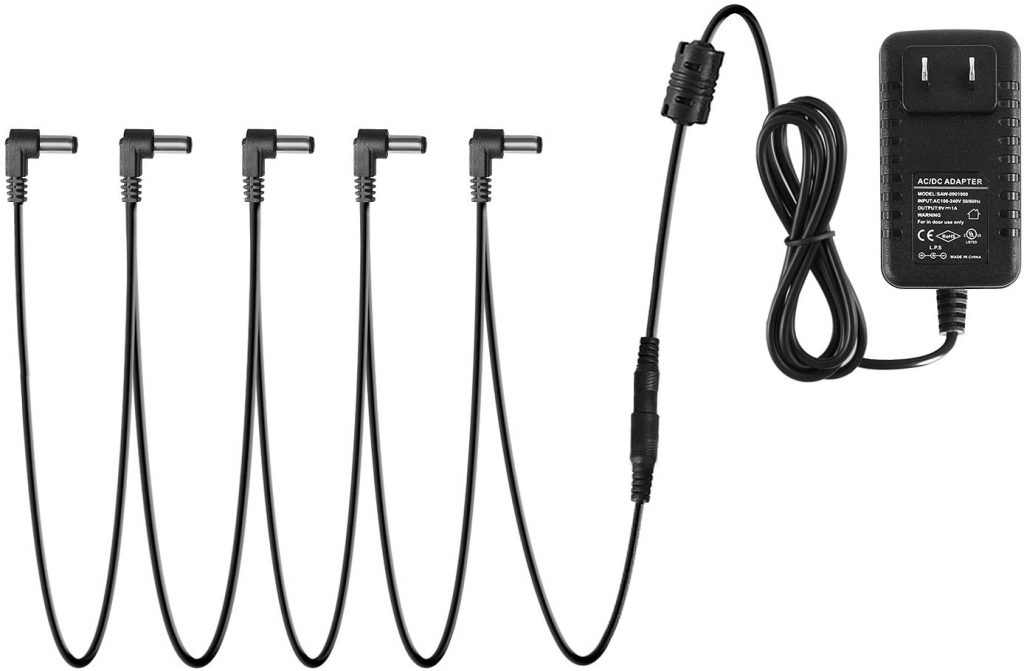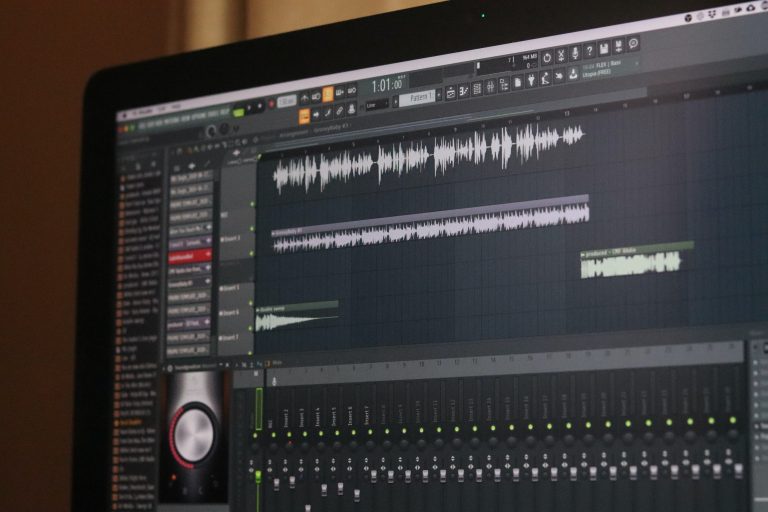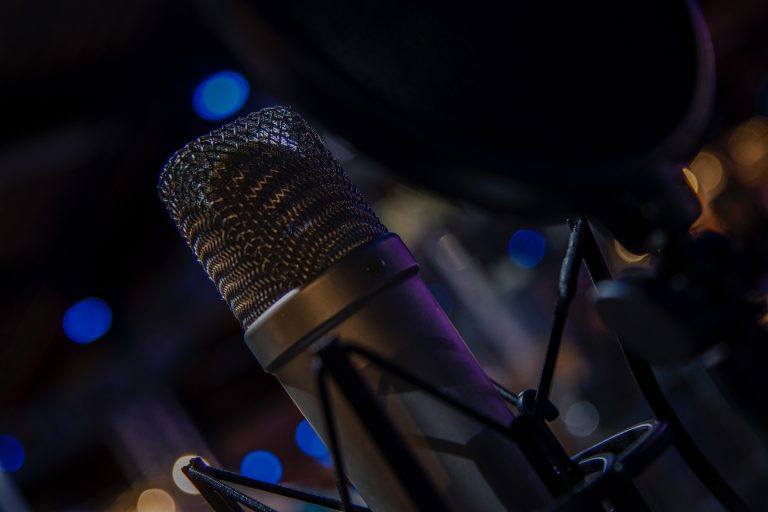Worship Pedalboard for Under $500
We’ve reached the end stage of our quest for a viable worship electric guitar rig for under $1500. In this article, we’ll spend the remainder of our budget on the necessary accessories to get a great worship sound. In our last post, we talked about how the amplifier is the most important factor in getting that worship guitar tone that we’re all after. Before that we talked about how the guitar world has changed, and you can get a very respectable sounding instrument without shelling out over a grand for the premium names on your headstock. And now that we’ve got our canvas, from our guitar and amp, we’ll start to paint on it with effects. The reason I like that analogy is because it helps newer players from falling into the trap of thinking guitar effects are the solution to their tone problems. Effects are for polishing, not finding, your sound. It should also be noted that even though this will be a functional rig we’re building, it can also be the starting point of a very fun and exciting journey. I’ve personally acquired dozens of pedals over the years, and will likely do so for years to come. You’ve been warned, guitar effects can be highly addicting.

Now, this wouldn’t be a proper, functioning rig if we used all our $500 solely on the pedals. We’re also going to be budgeting in the board itself that holds our pedals, the power solution, and the cables to connect everything. Our goal is to have a totally playable setup ready to go for $1500 or less, which you’ll definitely be able to achieve if you follow the guide I’ve laid out here in these last three articles. The cool thing is, as you’ll see, parts that used to be cost-prohibitive have became way more accessible. As a result, this will actually end up not being “just” a budget board, but one that could hold its own for quite some time. I’d also like to note that I’ve personally played on or owned every pedal on this list and can confirm that they do a great job in the worship genre.
Let’s start diving in. We’ll tackle everything in sections, starting first with some basic vocabulary, and then we’ll start talking products shortly after!
The Sounds We Need
So if you’re a total beginner, you might not know exactly what effects the worship guitar guys are using to get the sounds they do in certain sections. This won’t be an exhaustive list, since there are probably tens of thousands of effects pedals all boasting a slightly different flavor, but there are some basic vocabulary words we’ll need to make sure we’re all on the same page. I also want to note that this is not a list of all the types of effects out there, only the ones we’ll be including on our board. If you know all about the basics of these effects, then feel free to hop ahead. These descriptions are short summaries, but if you have more questions about the effects, their parameters, or their uses, please leave a comment or reach out to me, I’d love to give you more clarity!
Overdrive
If you’re a beginner to effects, you might wonder: What exactly is overdrive, and how is it different from distortion? Overdrive is the sound you get from cranking a tube amp up to the point that the signal starts to distort. Obviously, with a real analog amp, that often means a pretty loud situation, even with some of the smaller amps we talked about in our last post. Overdrive pedals are a great solution: they emulate this tube breakup sound in an effect that you can dial in at any volume. Overdrive tends to be less grating to the ear, and is much more common in the contemporary worship genre, so this is the effect we’ll be including on our budget board.
Distortion, on the other hand, is its own effect altogether. It uses different methods to chop up your incoming signal and causes it to sound dirtier or grittier, and is a much more harsh effect than the often subtle clipping that overdrive is known for.
Delay
A delay pedal is an effects pedal that records and plays back signal passed into it. The playback can occur very quickly after the initial signal. This results in what’s called a “slapback” sound, which can sound like a reverberation in a small empty room. The amount of time between the playback of the original signal and the delay, or effect, signal results in different kinds of sounds, from the slapback style we just mentioned, to distinct pulses played back for a certain number of repetitions. Further, the type of delay comes in a handful of flavors, the most popular of which are analog, tape, and digital. Delay is one piece of the puzzle in how we as worship guitarists create those wide, spacious soundscapes with our instruments.
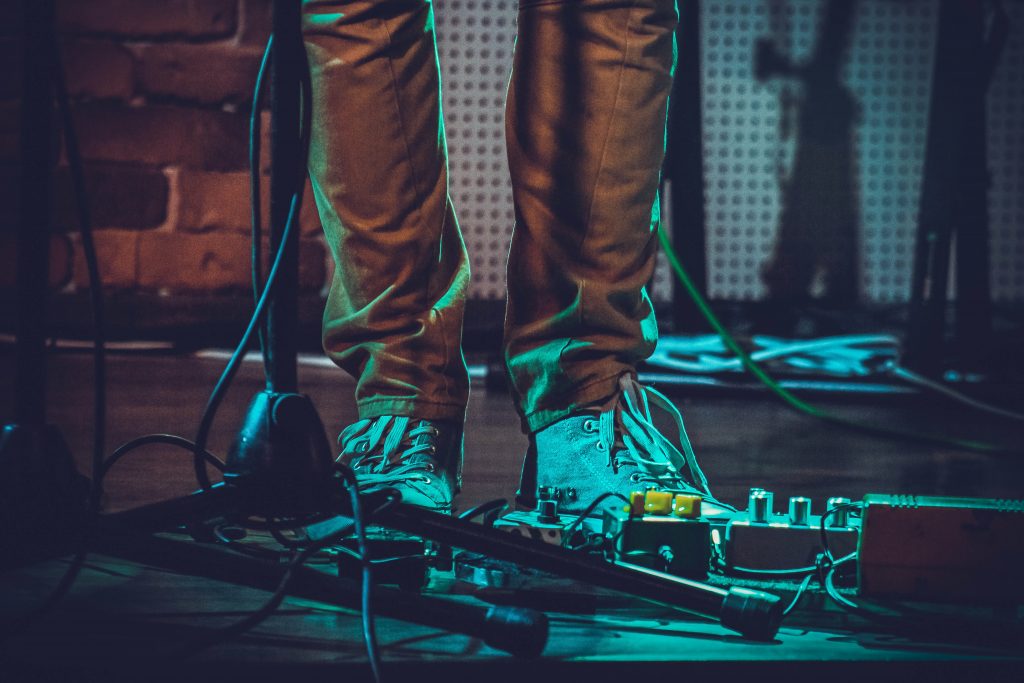
Each one of those has different characteristics of their own. In general, analog delays sound fairly warm and natural, with a slightly rolled off top end. Tape delays also sound warm but carry a bit of inherent degradation of the delay sound the more repeats they play back. Last, digital delays are very true to the initial signal, and can sound bright, or even a bit harsh, but also crisp. All of these types have their uses, and any one of them would be a great option in worship music. Probably the most useful in my personal opinion would be the analog delay, if you were to only have one on your board.
Reverb
Reverb, or reverberation, is the reflection of sound in a space. We hear this naturally all around us in daily life, but we can also use this as an effect. There are a few different ways to achieve a reverb sound, from the analog “spring” reverb sound found in a lot of classic Fender amps, to digital reverbs that pass your instrument’s signal through a simulated space, like a hall, a room, or a theater.
As you might have guessed, this is the other piece that can help create a sense of space and drama in an instrument’s sound. It can be used on its own or in combination with delay to create a really spacious, voluminous sound.
Don’t Build Your Own Board
There was a time when the board that your pedals live on could take up a third to half of your budget, depending on how big you wanted to go. The boards that manufacturers put out there were pretty expensive. These days it’s much easier and less costly than ever to get a proper board for your pedals. In fact, some of the boards out there now are so inexpensive, doing the DIY thing and trying to build one from scraps is no longer the most cost effective solution.
Unless you’re super handy, have the materials and all the necessary tools around already, and don’t mind spending time on it, buying an inexpensive pedal board will almost always be the most cost effective move for you. In addition, homemade boards are usually heavy (DIY guys often use heavy, solid pieces of wood), and don’t have a means for cable management, transport, or anything that what even some of the less expensive brands out there provide today at a great deal. It’s a wiser financial decision, and takes less time, so you can get to playing your new rig that much sooner.
For the most affordable option for a small format board, I’m going to recommend the Ghostfire pedal board from Vangoa. It’s a lightweight, aluminum, and has enough space on it that you can eventually add in a couple pedals after our initial setup if you want to get even more out of your board down the road. The other really awesome thing is at just $50, it comes not only with a board, but also cable management, Velcro, and 3 patch cables to connect our pedals, so we won’t have to spend any extra money there. Click the image just below here to learn more about the Vangoa Ghostfire pedal board.
Three Pedals Can Do The Job
I know it’s not as glamorous-looking as the Mission-Control-looking spaceships you see on a ton of worship guitarists’ boards, but to get a passable worship guitar sound, you really only need a few pedals. In my experience, you can get by with just three effects. Coincidentally, they’re the three effect types we just talked about above: overdrive, delay, and reverb, linked in that order.
We’ll take a look at each individual type of effect, and look at some great options for each that will all fit into our budget and give us a fully functional worship rig that can totally keep up with most of what the contemporary worship genre will throw at you as an electric guitarist. That means whether you’re playing leads, doing rhythm, or filling space, this rig will have you covered, and sounding pretty good while you do it.
The Overdrives
A Classic Overdrive in a Tiny Package
The Ibanez Tube Screamer has earned its place as one of the most recognizable and iconic overdrive pedals of all time. It has stood the tests of time, genre, and style, and its design has launched probably hundreds, if not more, offshoots from boutique and major manufacturers alike. The miniature entry into the Tube Screamer line, the Tube Screamer Mini, boasts a very similar chip to the one found in its beloved big brother, the TS808. As a result, it boasts a really pleasing overdrive sound, a small footprint, and a friendly price tag of just $80. Once you’ve dialed in the right amount of drive for your set with the 3 controls on the pedal, this versatile drive can serve as a boost, an extra bit of bite, or a pretty substantial amount of grit. I could go, and probably will, into an entire separate article on the Tube Screamer, because the pedal has a fascinating history, but just know that the TS Mini is one of the best values on the market today for an overdrive pedal. You can check it out below.
The Boss
The Boss stompbox might be what you initially picture in your head as a guitar effects pedal, and there’s a good reason you’ll be seeing a lot of them on this list of pedals for your new board. They make great products all the way throughout their product lines, and their classic overdrive is no exception. Boasting a long history and pedigree of famous players almost if not just as impressive as the Tube Screamer, the SD-1 overdrive is a great pedal itself. Without going into too much detail, this pedal uses a different style of waveform clipping called asymmetrical clipping, and has a slightly wider frequency accentuation than the Tube Screamer, so it has its own sound that I would describe as just a bit more aggressive. This kind of clipping is the same kind of clipping that occurs in a real tube amp, so many players opt for this style of drive instead. If you want a pedal with a little more bite for your overdrive sound, this might be the option for you. Learn more about the Boss SD-1 by clicking right under here.
A Klone that Won’t Break the Bank
The Klon Centaur is probably one of, if not the most, hyped effects pedals of all time. There are some really great things about the pedal’s design, like the characteristic uncompressed sound, and transparency, that drove it do such high acclaim. However you may feel about these boutique pedals being worth upwards of $2000, or how “impossible” it is to recreate the pedal’s circuit, it was a significant advancement and unique approach to overdrive that has sparked a lot of copiers. Electro-Harmonix has an affordable offering in the Soul Food, their take on this iconic style of overdrive. Useful as a clean boost, a light overdrive, or a means to get some extra lows into an already driven signal, this pedal is super versatile, and comes in well under $100, making it an absolute bargain for the kind of sounds you can get from it. Click below to learn more about the Electro-Harmonix Soul Food overdrive.
The Delays
Even though it’s second on our list in this article, delay is probably the one effect you really can’t do without in the modern worship guitar world, and is worth putting a more significant portion of your budget toward. You’d be hard-pressed to find a contemporary worship song out there with guitar parts not incorporating some kind of rhythmic delay or volume swell soundscape. This style of guitar playing is heavily and unashamedly influenced by U2. It’s not uncommon for worship guitarists to stack multiple delays in sequence as well, providing an even thicker, lusher sound, which is especially useful in volume swells and guitar licks with a lot of space between notes. Since both rhythmic and warping, warm delay sounds are favored by worship guitarists, we’ll be looking at a handful of affordable pedals featuring one or both of these options
Boss DD-8
The direct successor to Boss’s extremely powerful DD-7, the DD-8 adds even more features, some brand new to their compact delays. What makes this pedal even more exciting is that in one of the new delay settings, you can dial in both delay and reverb in this single pedal, making it a fantastic option if you’re limited on pedalboard real estate, or a budget. This is my personal input, but the DD-7 has lived on my own pedalboard for years, and there’s a good reason: It’s a solid, capable, and versatile delay. The DD-8 is that and more. It includes an input for an external tap tempo or expression pedal to provide even more tonal capabilities on the fly, in addition to its 10 on-board delay types, and a built-in looper. “Feature-rich” would be an understatement. Check out more about the Boss DD-8 below.
MXR Carbon Copy – A Classic Analog
MXR’s Carbon Copy is a classic and a staple on many pedalboards as well. Even though it boasts a very simple, easy to understand set of parameters, the Carbon Copy actually has a pretty wide array of sounds available, from a subtle slapback to a full-on wash. Because this is an analog delay, it has a warmer sound than the sterile sounding digital sound of other delay pedals. That’s all a taste thing, but many guitarists find the high-end rolloff of the analog sound to be more pleasing to hear, and more natural sounding (if an added effect can sound natural?) result. In addition, the “Mod” switch also provides some modulation to the delay signal, to add even more character to the sound. This is a great pedal to achieve some of those rhythmic sounds in modern worship music. Learn more about the MXR Carbon Copy delay pedal below.
Electro-Harmonix Canyon
Electro-Harmonix has a fantastic pedal in the Memory Man analog delay series, and some of its iconic character lives inside the Canyon delay and looper. Like the DD-8, this offering from Electro-Harmonix features multiple delay sounds, including the sounds of their Deluxe Memory Man, a fantastic delay and modulation pedal in its own right. In addition, there are 8 other modes built into the Canyon that can do more than hold their own in a worship guitar rig. It has tape, modulation, standard echo, and more, and also features a secondary function mode which allows for even more tone shaping capabilities. It also features a dedicated tap tempo button, but for ease of use, also features an external tap tempo input in case you want to be able to set tempo with your feet. Read up and check out the Electro-Harmonix Canyon just below here.
The Reverbs
Being the effect that adds depth and space to your tone, reverb is another essential tool in the belt of the worship guitarist. The Sky is the limit to how much guitarists are willing to spend on these effects (I couldn’t resist the pun, and I’m not sorry), there are some really fantastic affordable options out there that can really give some serious character to your guitar tone. We’ll take a look at three excellent options here.
The Boss RV-6
I suspect you’re noticing a pattern here: a Boss pedal has made it onto each list category here, and that should come as no surprise. Boss has consistently made some of the best effects pedals in the game, across the different effect types, and the RV-6 is no exception. It is a solid effect, and one of these pedals makes its home on my bass pedalboard. As the direct descendant of the famous RV-5, the RV-6 does to Boss’s reverb legacy what the DD-8 does for its delays. It adds even more features, including a “+ Delay” feature that might add an extra option for broadening your soundscape, and even includes a Shimmer (or octave up) reverb sound. Shimmer has gotten a lot of attention in recent years, so this is a welcome inclusion for sure. Even better, the RV-6 includes stereo in and out, and an expression pedal input for even more control over the built-in effects in this small powerhouse. Click below for more on the Boss RV-6.
The Hall of Fame 2
The Hall of Fame 2 from TC Electronic is the successor to one of my favorite reverb pedals. It builds upon what was already a fantastic sounding reverb, and adds more functionality. All TC Electronic pedals, the Hall of Fame 2 included, feature Toneprint, which is a way for users to create and save their own presets in their pedals. This is a great feature that is usually only found on more expensive, wider-footprint pedals, and the amount of customization they offer to the user is wild. Add that to a library of artist-designed presets open for download, and you can even more out of this pedal. Toneprint aside, the other eight built-in reverbs on this pedal will more than suffice in a typical worship set. Additionally, the Hall of Fame 2 features what TC calls their “Mash” technology, which allows the player to use the footswitch as an expression pedal as well. I spent years using the predecessor Hall of Fame on my main rig, and primarily ran with the built in Hall sound for most sets. Read more about the TC Electronic Hall of Fame 2 right under here.
Marine Layer Reverb
Fender is no stranger to reverb. Their classic reverb effects live in some of the most famous amps of all time, and their Marine Layer Reverb is an awesome original reverb boasting 6 on-board reverb effects, including classic hall and room, as well as a lush sounding modulation and shimmer. It also comes in an attractive brushed aluminum casing with switchable LED notches on all the knobs so you can see where you’re dialed in, even in the dark. The Marine Layer also features an easily accessible dry-kill switch right at the top to allow you to leave out your dry signal if you choose to use it in an amplifier’s effects loop, which is a cool added bonus. You can read even more about Fender’s awesome Marine Layer Reverb below.
The Accessories
Now we’ve got all the pieces we need to make this budget worship pedalboard happen except for power. There are also a couple other nice-to-haves if you decide you want to either later down the road, or you want to expand your budget a little bit to get some more out of this tiny but powerful setup.
Power
The first thing we need before going down the road of the nice-to-haves is a power solution. Several of the pedals on this list can be powered by a 9V battery, but I would not recommend that, as batteries eventually burn out, and that could make for a disaster on a Sunday worship set. So I’m recommending spending a little extra money on a daisy chain power supply. There are other power supply options out there, like the VoodooLab Pedal Power 2 Plus and other isolated power supplies like it, but those are absolute overkill for a 3-piece pedalboard. The advantage to those isolated supplies is that they supply power to each pedal on an isolated circuit, which reduces noise when you have a lot of pedals chained together. But in our case, since we’re just selecting three pedals, we’re fine with the daisy chain option, which is thankfully much less expensive.
The Nice-to-Haves
Many of the pedals we learned about above have extended functionality built in through use of external add-ons, like expression or tap tempo. So we’ll include a couple options of each just in case you’re feeling like you want that extra little bit of control over your effects. In both cases, these pedals can be connected to pedals like the Boss DD-8 with another instrument cable, or pedalboard patch cable.
It’s That Simple
Alright, well there you have it: A quick and dirty, but highly effective list of pedals to build yourself a 3-piece pedalboard that is more than capable of hanging in the contemporary worship genre, plus maybe one or two of the extras if you were feeling saucy. Would love to hear your feedback if you know of any other budget-friendly pedals that you’d like to see on a future list! I’d love to check them out, because as I mentioned before, I REALLY like guitar pedals.

